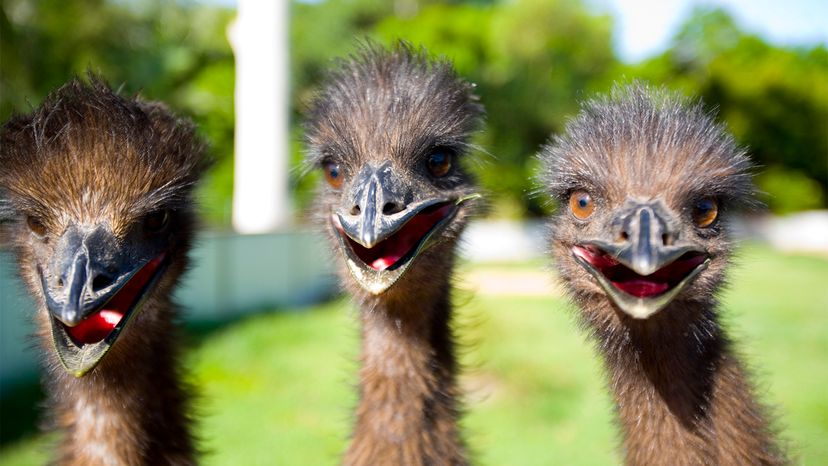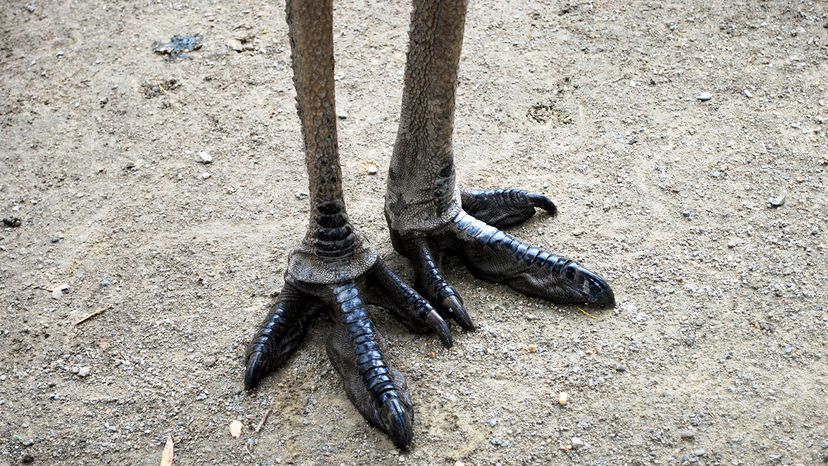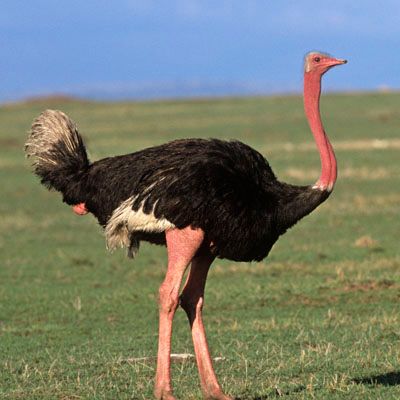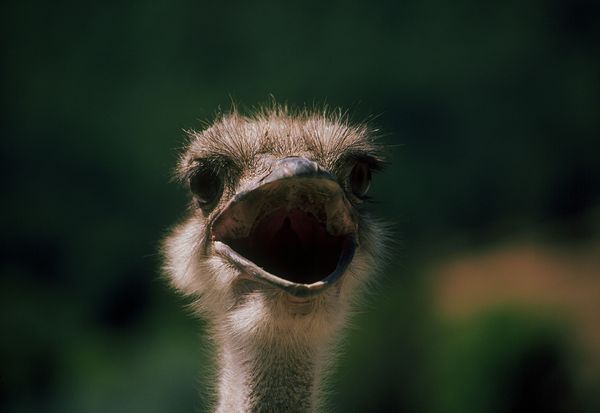If you've ever wondered whether emus make good pets the answer is it depends on the person and the emu. While attacks on humans are rare and fatalities even less common, these are quite sizable birds, fully capable of eviscerating even large animals with their big, three-toed, clawed feet. So, while they are friendly and inquisitive, emus should definitely be treated with respect and caution. They need plenty of room to roam and graze, sturdy fencing at least 5 to 6 feet (1.5 to 1.8 meters) high, commercial ratite pellets, proper housing in the winter (warm, covered) and proper veterinary care (at least an annual checkup and vaccinations for things like West Nile Virus). Beyond that, "All birds have their unique personalities just like humans do," says Slovak. "I can put emu in a box and say 'This is all the things about emus,' but there are definitely personality traits that come into play."
There's no better example of this than Darwin, an emu that lived at Smithsonian's National Zoo. Sadly, Darwin fell ill and had to be humanely euthanized in 2018, but he lived a long and very happy life while at the National Zoo, according to Slovak.
"Darwin was not food-motivated," Slovak says. "He didn't care if you had a treat or not; he just wanted to be your buddy. Darwin loved people. When you came to the exhibit, he was curious and wanted to know what you were doing. If you were mowing the lawn, cleaning the pool or changing the straw, he wanted to be with you."



